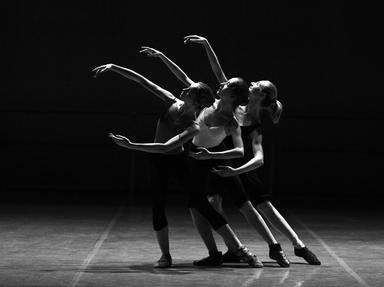Quiz Answer Key and Fun Facts
1. In the world of court ballets, what was a libretto?
2. What court ballet was performed at the wedding of Marguerite de Valois (daughter of Catherine de Medici) and Henry of Navarre?
3. What was the court ballet, 'Ballet des Polonais', staged for?
4. 'Ballet Comique de la Reine Louise' (1581) was created by Beaujoyeulx for the wedding ceremonies of the Duc de Joyeuse and Marguerite of Lorraine. The work was based on the episode in Homer's 'Odyssey' that described the encounter with the enchantress Circe. What was Circe able to do?
5. According to M. de Saint-Hubert's 1641 book on how to compose a successful ballet, which of the following would have more 'entrees': a royal ballet, a fine ballet, or a small ballet?
6. Whose work introduced the concept of the proscenium stage?
7. Which of the following is true of the dance career of king Louis XIV?
8. Under whose direction did the English court masque reach its height?
9. Did Charles I ever perform in court masques?
10. What is an 'anti-masque'?
Source: Author
rj211
This quiz was reviewed by our editing team before going online.
Any errors found in FunTrivia content are routinely corrected through our feedback system.
